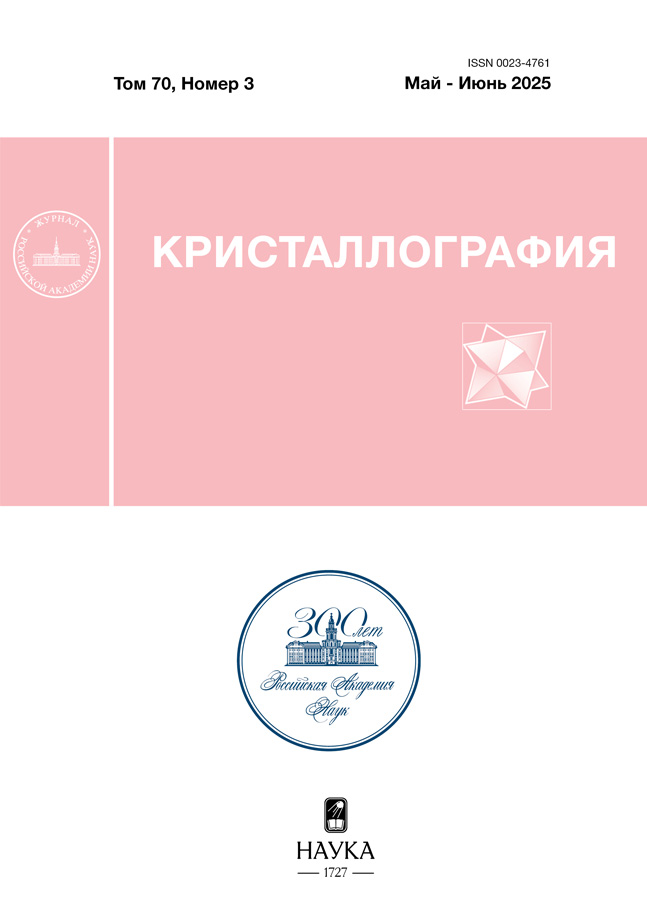Development of a submit candidate vaccine for the prevention of Dengue fever using immunoinformaics methods
- Autores: Tulenev A.A.1, Timofeev V.I.1, Cherniavsky A.A.1, Ivanovsky A.S.1, Kordonskaya Y.V.1, Pisarevsky Y.V.1, Dyakova Y.A.1
-
Afiliações:
- National Research Center “Kurchatov Institute”
- Edição: Volume 70, Nº 3 (2025)
- Páginas: 495-505
- Seção: КРИСТАЛЛОГРАФИЯ В БИОЛОГИИ И МЕДИЦИНЕ
- URL: https://rjonco.com/0023-4761/article/view/684973
- DOI: https://doi.org/10.31857/S0023476125030164
- EDN: https://elibrary.ru/BCPBHQ
- ID: 684973
Citar
Texto integral
Resumo
The prediction of epitopes was carried out. The structural stability of the candidate vaccine was studied by the molecular dynamics method using the Gromacs-2023 software package. The results showed the preservation of the structural stability of all the studied subdomains. The final stage was the simulation of the cellular immune response using the C-IMMSIMM program. The results predict the ability of candidate vaccines to elicit both a vibrant primary and persistent secondary immune response.
Texto integral
Sobre autores
A. Tulenev
National Research Center “Kurchatov Institute”
Autor responsável pela correspondência
Email: tiulenev.aa@phystech.edu
Rússia, Moscow
V. Timofeev
National Research Center “Kurchatov Institute”
Email: tiulenev.aa@phystech.edu
Rússia, Moscow
A. Cherniavsky
National Research Center “Kurchatov Institute”
Email: tiulenev.aa@phystech.edu
Rússia, Moscow
A. Ivanovsky
National Research Center “Kurchatov Institute”
Email: tiulenev.aa@phystech.edu
Rússia, Moscow
Y. Kordonskaya
National Research Center “Kurchatov Institute”
Email: tiulenev.aa@phystech.edu
Rússia, Moscow
Y. Pisarevsky
National Research Center “Kurchatov Institute”
Email: tiulenev.aa@phystech.edu
Rússia, Moscow
Y. Dyakova
National Research Center “Kurchatov Institute”
Email: tiulenev.aa@phystech.edu
Rússia, Moscow
Bibliografia
- Некоммерческое партнерство “Национальное научное общество инфекционистов”. Клинические рекомендации Лихорадка денге у взрослых. http://nnoi.ru/uploads/files/protokoly/Lih_Denge_adult.pdf
- World Health Organization. “Dengue and severe dengue”. https://www.who.int/news-room/fact-sheets/detail/dengue-and-severe-dengue
- Keelapang P., Sriburi R. // J. Virol. 2004. V. 78. P. 2367. https://pubmed.ncbi.nlm.nih.gov/17067286/
- Роспотребнадзор. Памятка: “Лихорадка Денге. Что это такое?”. https://71.rospotrebnadzor.ru/content/596/85820/
- Роспотребнадзор. О ситуации с лихорадкой Денге в мире. http://rospotrebnadzor.ru/about/info/news/news_details.php?ELEMENT_ID=10432&sphrase_id=1490042
- Хохлова Н.И., Краснова Е.И., Позднякова Л.Л. // Журнал инфектологии. 2015. Т. 7. № 1. С. 65. https://doi.org/10.22625/2072-6732-2015-7-1-65-69
- Сайфуллин М.А., Келли Е.И., Базарова М.В. и др. // Эпидемиология и инфекционные болезни. 2015. Т. 20. № 2. С. 49.
- Abass O.A., Timofeev V.I., Sarkar B. et al. // J. Biomol. Struct. Dyn. 2022. V. 40. № 16. P. 7283. https://doi.org/10.1080/07391102.2021.1896387
- Adekunle B.R., Angus N.O., Mercy T.A. et al. // Veterinary Vaccine. 2023. V. 2. № 1. P. 2772. https://doi.org/10.1016/j.vetvac.2023.100013
- Rakitina T.V., Smirnova E.V., Podshivalov D.D. et al. // Crystals. 2023. V. 13. P. 1416. https://doi.org/10.3390/cryst13101416
- UniProtKB. A0A6B7HXR6. https://www.uniprot.org/uniprotkb
- Altschul S.F., Gish W., Miller W. et al. // J. Mol. Biol. 1990. V. 215. № 3. P. 403. https://linkinghub.elsevier.com/retrieve/pii/S0022283605803602
- Jeppe H., Trigos K.D., Pedersen M.D. et al. // ВioRxiv. 2022. P. 487609. https://doi.org/10.1101/2022.04.08.487609
- Jumper J., Evans R., Pritzel A. et al. // Nature. 2021. V. 596. P. 583. https://doi.org/10.1038/s41586-021-03819-2
- DeLano W.L. // The PyMOL Molecular Graphics System, Version 1.8; Schrödinger. New York: LLC, 2015. https://pymol.org/
- Larsen M.V., Lundegaard C., Lamberth K. et al. // BMC Bioinformatics. 2007. V. 8. P. 424. https://doi.org/10.1186/1471-2105-8-424
- Ponomarenko J., Bui HH., Li W. et al. // BMC Bioinformatics. 2008. V. 9. P. 514. https://doi.org/10.1186/1471-2105-9-514
- Bangov I.P., Doytchinova I.A. // J. Mol. Model. V. 20. № 6. P. 2278. https://doi.org/10.1007/s00894-014-2278-5
- IEDB Solutions Center. Introducing the Antigen Summary Page. https://help.iedb.org/hc/en-us/articles/29457536364443
- Sharma N., Naorem L.D., Jain S., Raghava G.P.S. // Brief Bioinform. 2022. V. 23. № 5. P. 174. https://doi.org/10.1093/bib/bbac174
- Doytchinova I.A., Flower D.R. // BMC Bioinformatics. 2007. V. 8. P. 4. https://doi.org/10.1186/1471-2105-8-4
- Carvalho L., Sano Gi., Hafalla J. et al. // Nat. Med. 2002. V. 8. P. 166. https://doi.org/10.1038/nm0202-166
- Rapin N., Lund O., Bernaschi M., Castiglione F. // PLoS One. 2010. V. 5. № 4. P. 9862. https://doi.org/10.1371/journal.pone.0009862
- Jorgensen W.L., Chandrasekhar J., Madura J.D. et al. // J. Chem. Phys. 1983. V. 79. P. 926. https://doi.org/10.1063/1.445869
- Lemak A.S., Balabaev N.K. // Berendsen Thermostat. https://www.wellesu.com/10.1080/08927029408021981
- Bender C.M., Orszag S.A. // Advanced Mathematical Methods for Scientists and Engineers I. https://www.sci-hub.ru/10.1007/978-1-4757-3069-2
- Parrinello M., Rahman A. // Polymorphic transitions in single crystals: A new molecular dynamics method. https://www.sci-hub.ru/10.1063/1.1675789
- Hockney R.W., Eastwood J.W. // Computer Simulation Using Particles (CRC Press, Boca Raton, 1988)
- Lindorff-Larsen K., Piana S., Palmo K. et al. // Improved side-chain torsion potentials for the Amber ff99SB protein force field. https://pmc.ncbi.nlm.nih.gov/articles/PMC2970904/
- RCSB PDB. About RCSB PDB: A Living Digital Data Resource That Enables Scientific Breakthroughs Across The Biological Sciences. https://www.rcsb.org/pages/about-us/index
- Rakitina T.V., Smirnova E.V. // Crystals. 2023. V. 13. № 10. P. 1416. https://doi.org/10.3390/cryst13101416
- Компанец Г.Г. // Наука и образование: новое время. 2018. Т. 1. № 2. С. 68. https://doi.org/10.12737/article_5b3a1b88f15189.21816642
Arquivos suplementares





















